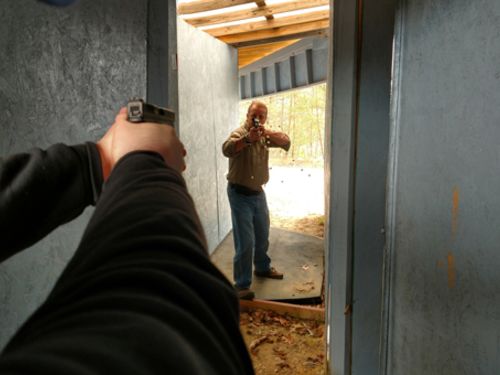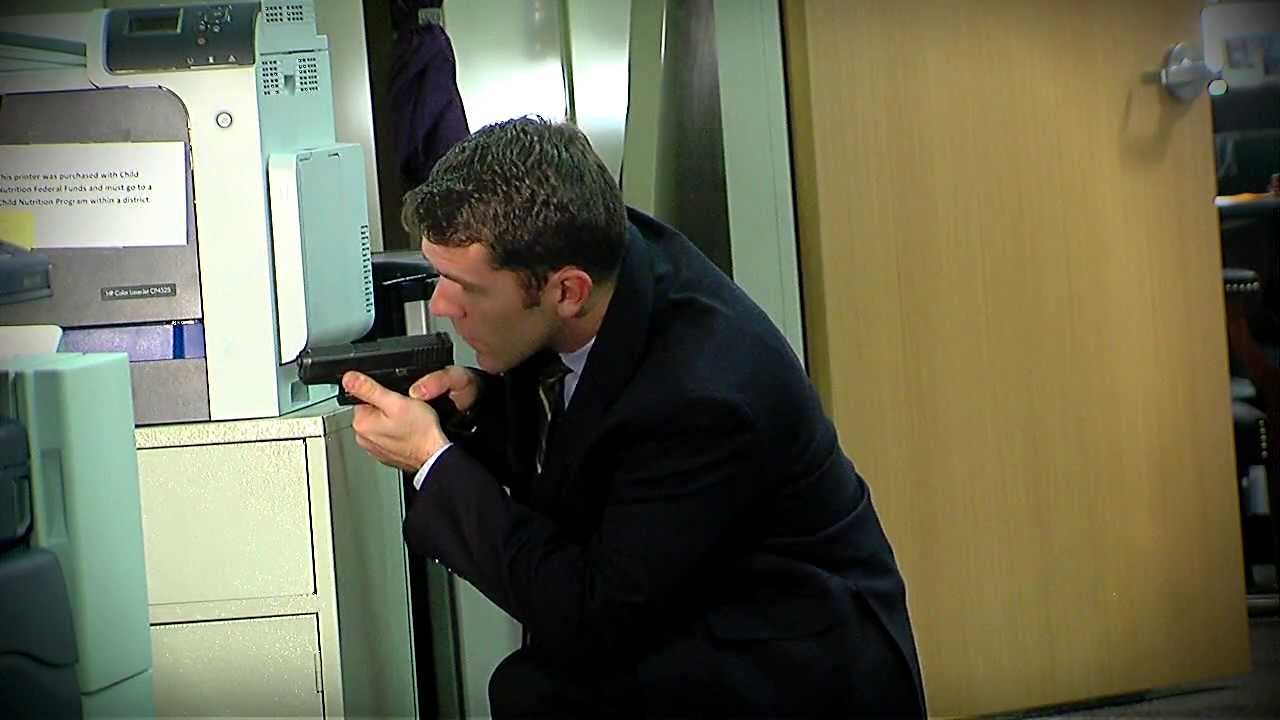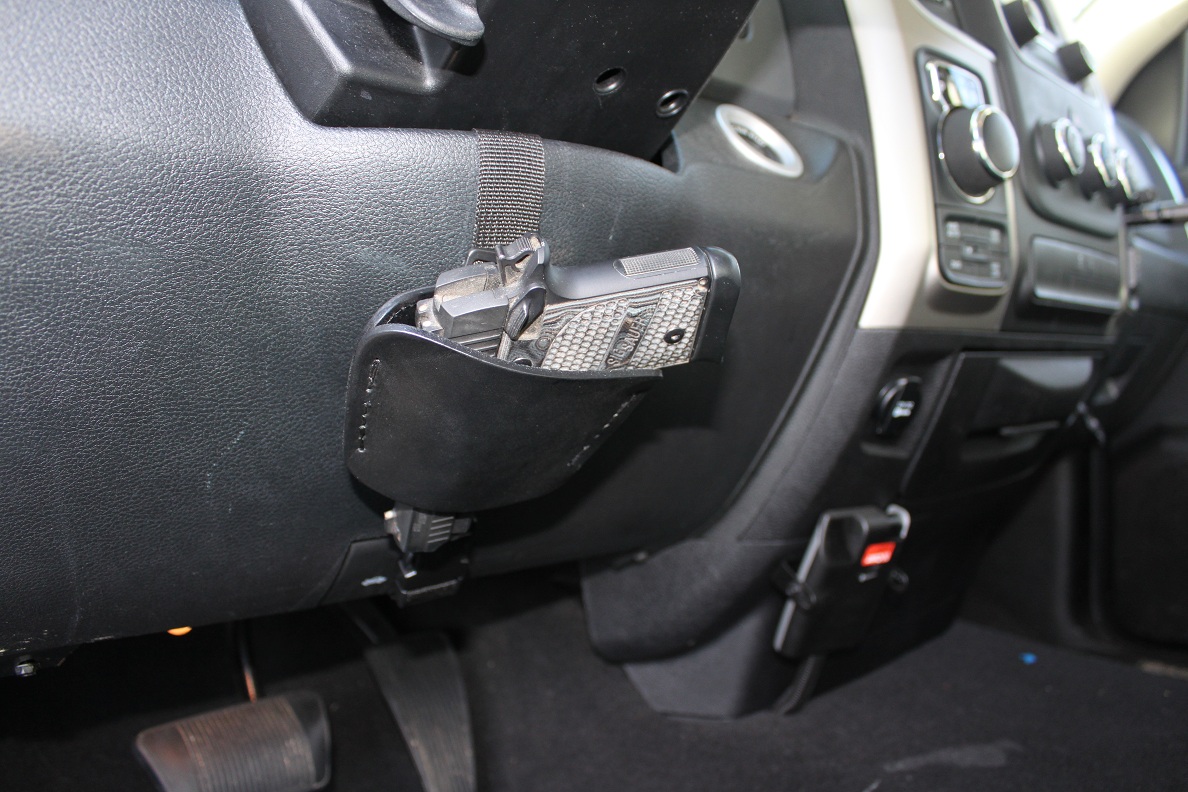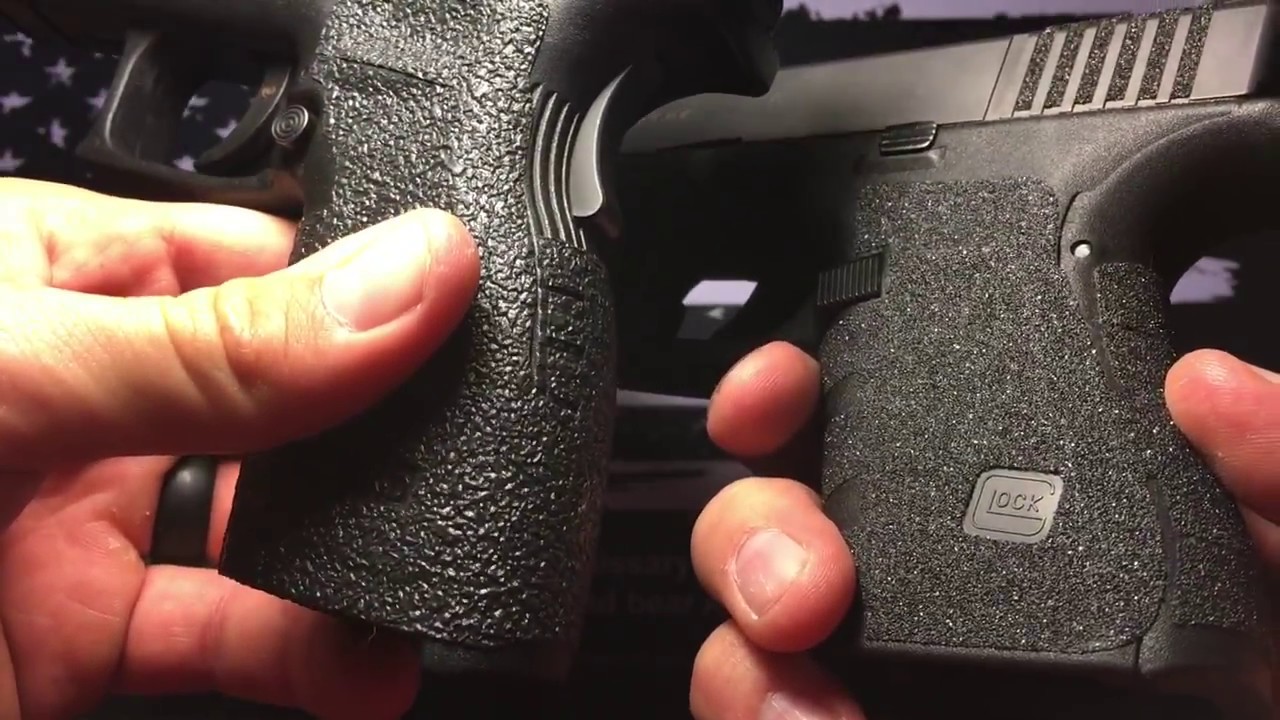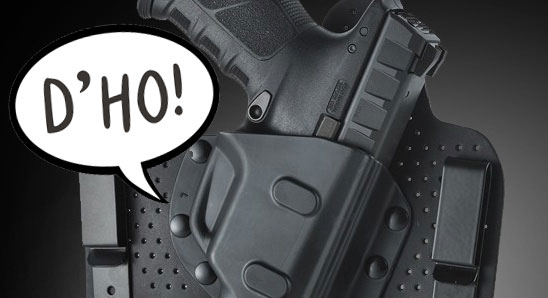
Bang For Your Buck – Getting The Most Out of Your Concealed Carry
Small, easy to handle firearms are better than big, unwieldy ones!
The effectiveness of a weapon goes hand-in-hand with the user’s knowledge of what it can (and cannot) do… and taking the time to know the difference makes ALL the difference.
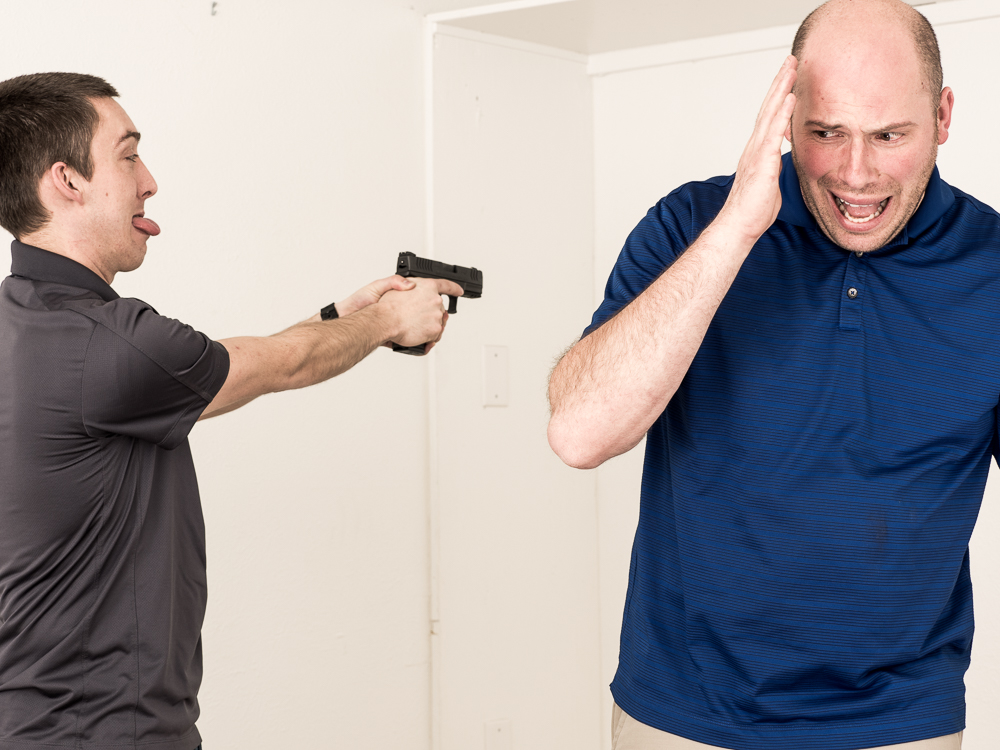
Power and effective range are aspects that differ widely from one gun to another. Accuracy is also imperative and rule of thumb dictates that a longer barreled firearm will be more accurate than a shorter barreled one.
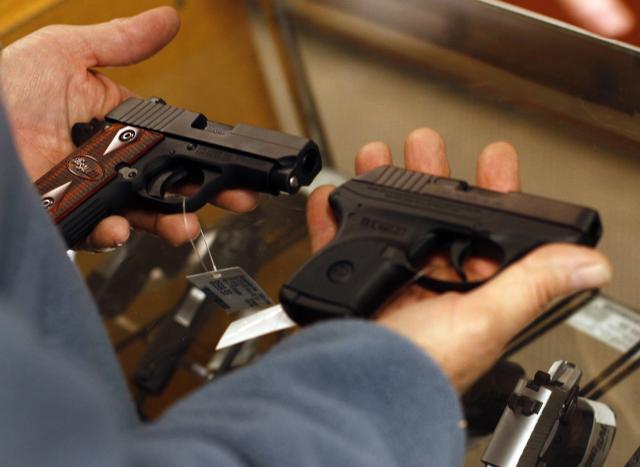
Remember… a concealed carry handgun is meant to be used during close range encounters, something to keep in mind when comparative shopping for short or long barrel weapons.
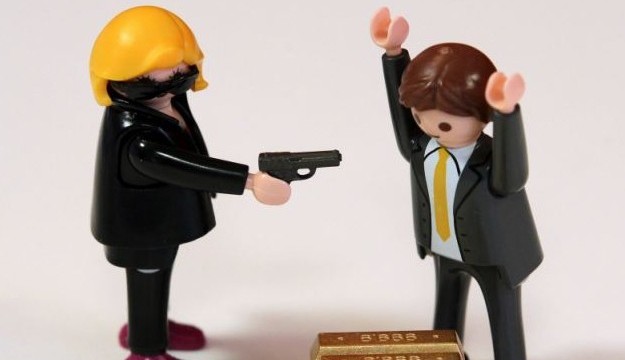
Beyond these characteristics is also knowing how to actually operate the specific firearm.

Single action, double action, and double action/ single action firearms all offer different pros and cons:
Single actions (SA) require the hammer to be cocked before firing but allow a lighter trigger.
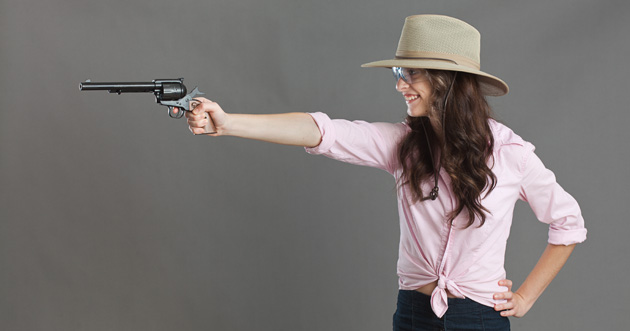
Double actions (DA) don’t need to be cocked but the trigger pull is, of course, going to be heavier.
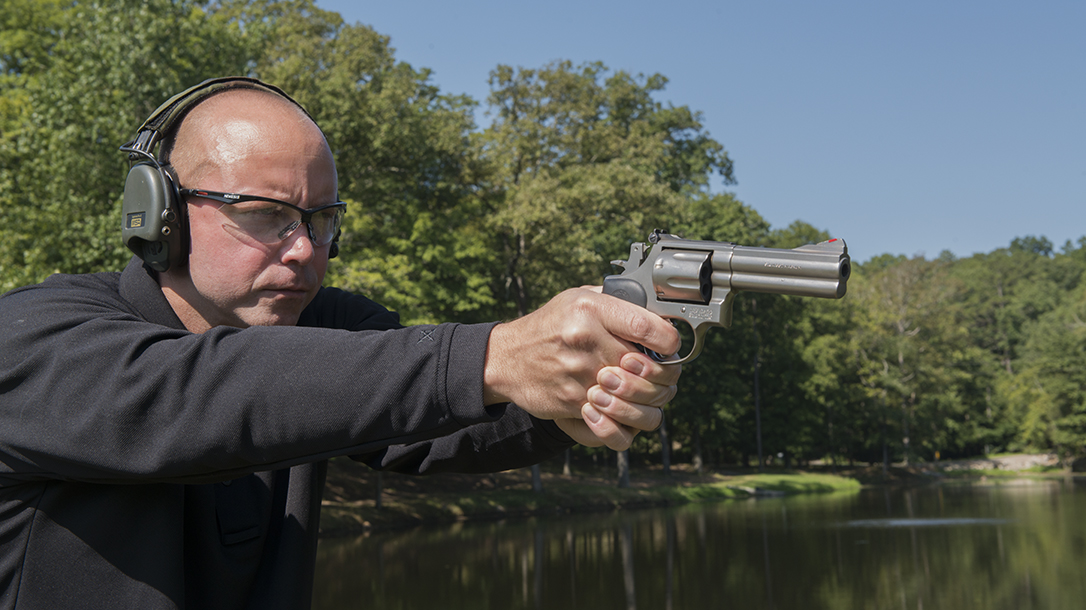
Double action/single action (DA/SA) weapons allow both methods for much more versatility
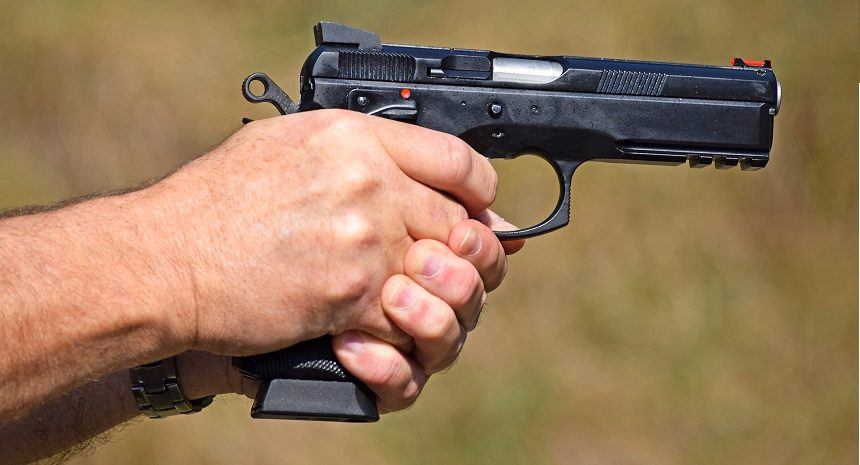
Practice Skills for Real-Life Situations
Although standstill practice can improve accuracy, real-life encounters involve other factors. Learning how to draw and fire your gun quickly and effectively from its holster, for example, is super-important when it comes to protecting yourself.
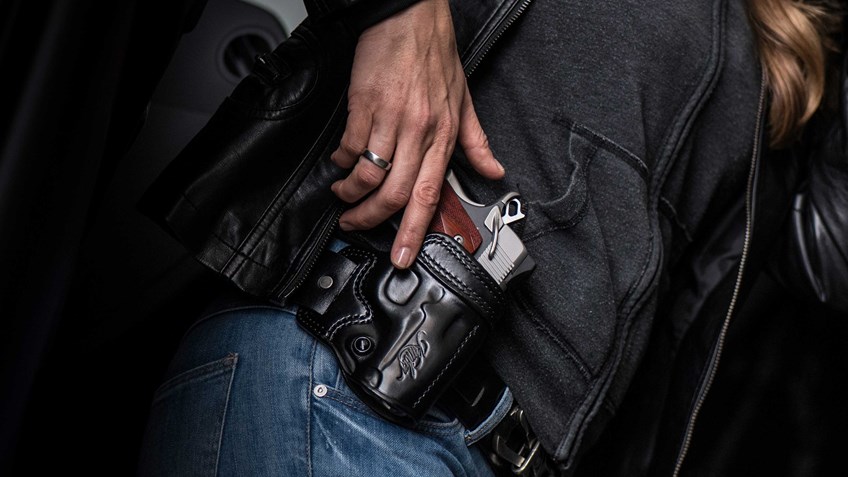
Start by practicing with an unloaded gun and eventually move onto live fire. Your goal should be to draw and fire in a single smooth, quick gesture.
Another skill worth practicing is changing magazines rapidly which, depending on your weapon, can be tricky. Tactical reloading is something you should have down pat before you start carrying concealed.
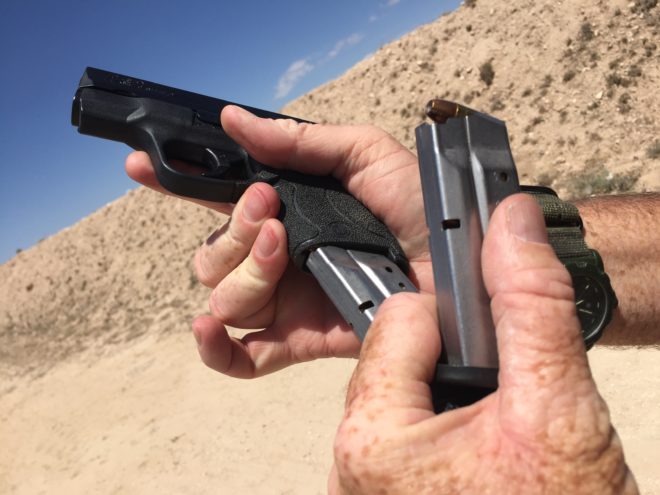
Firing under stress while moving are other factors that require practice to perfect. More likely than not, a real-world situation will involve movement, both from you and your target.
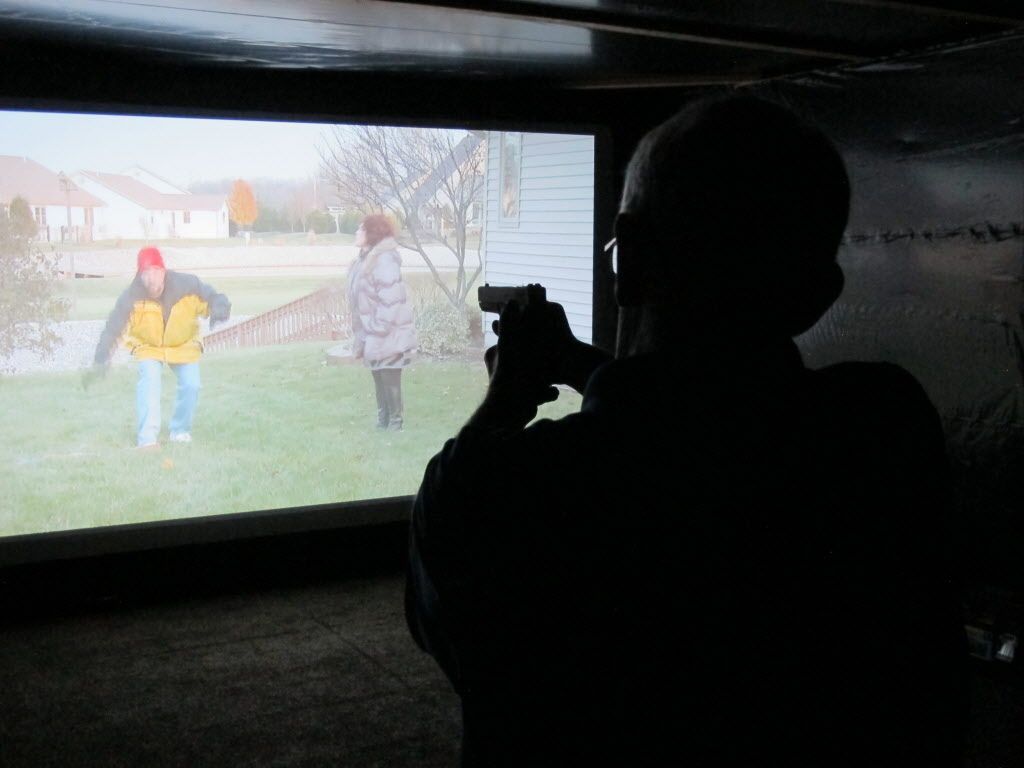
Practicing under simulated stress and on moving targets are ways to acclimate to the challenges of a real-world scenario.
